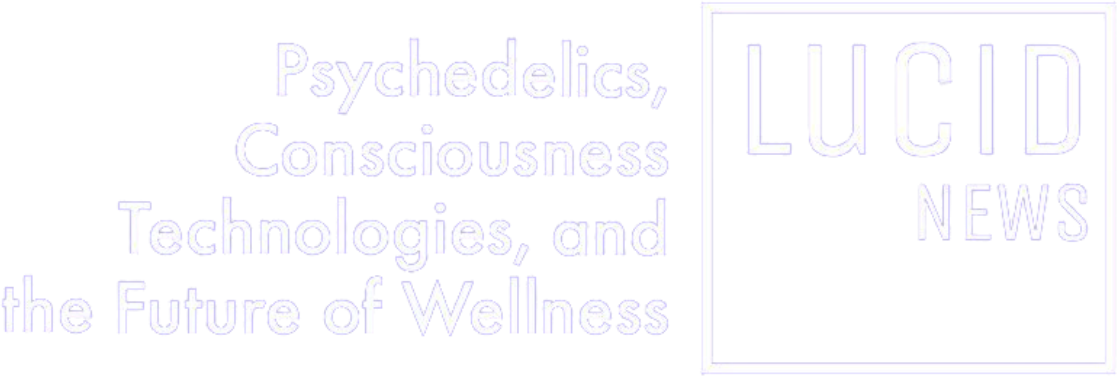A Tour Through the History of American Metaphysical Religion

Raise your hand if you’ve ever attended a séance, sat in meditation, done yoga, consulted a psychic, read tarot cards, purged in a sweatlodge, prayed with tobacco, read esoteric literature, executed a karate chop, attempted tantric sex, shouted hallelujah at a revival, practiced astrology or alchemy, dropped a tab of acid, bought a book at Bodhi Tree bookstore, consulted an oracle, hearkened to an end-of-the-world prophecy, speculated about (or encountered) UFOs, worn a crystal, chanted a magic spell or mantra, or even dreamt of wandering in the Himalayas and encountering a Tibetan master or stumbling across Don Juan down in Mexico?
If so, welcome to the American Metaphysical Religion! And if you haven’t, where have you been for the last 400 years?
While the study of “AMR” is a newly emerged academic specialization, author Ronnie Pontiac sees it more broadly as a “catchall metaphor for the esoteric beliefs and practices that have found a home in the melting pot of America,” and himself as a “tour guide to the rough-and-tumble world of spirituality American-style.” Pontiac’s 600-page American Metaphysical Religion: Esoteric & Mystical Traditions in the New World spans “four centuries of America’s metaphysical saints, grifters, misfits, revolutionaries, visionaries, eccentrics, and some important thinkers who were far ahead of their time.”
As you can probably sense straight away, this is a racy historical narrative with a focus on remarkable, groundbreaking individuals and spiritual movements. Filled with fun, even lurid details and thought-provoking phenomena and events, it covers a vast terrain. Beginning with the initial encounters between Eastern and Western traditions (which have already been amply documented in numerous popular books), it goes on to explore the strains of Metaphysical Christianity, Native American traditions, Evil Geniuses, Pagan Pilgrims, the rise of mediumship and spiritualism, Platonism, and, best of all, “Scandalous Psychic Adventures in the Roaring Twenties” and “Willy Reichel’s Psychic Adventure Tour.”
While psychedelics are not a unique concern of the book, Pontiac traces the interaction between them and emerging metaphysical movements, giving a fresh perspective of their influence upon American occultism.

Pontiac is native to Los Angeles, and he writes with particular passion about the goings-on in his hometown. It turns out this is appropriate. Who would imagine so many spiritual movements could happen in LA? He also has a touch of the gossip columnist in his enthusiastic, loving depictions of a world he has been immersed in for decades (he was a close confidant and assistant of Manly P. Hall), especially when writing about the Wild West of Spiritualism in the 19th and 20th centuries. Details leap off his pages, seekers and charlatans flit by, institutes rise and fall along with the reputations of psychics and gurus and healers. Through it all, the picture emerges that he promised: a world rife with con-artistry through which profound, exquisite spiritual experience can still break through – and paradoxically often does.
To his credit, Pontiac works to hold the enigma intact, without attempting to offer rational explanations, apologies, or polemics. As he states, it is a “rough-and-tumble” world out there. His book does it justice!
Yet Pontiac’s hefty intention to capture so much history and spiritual practice within one catchall metaphor gets strained in his chapter on Turtle Island, when he attempts to encompass the indigenous world views encountered and co-opted by the early invaders and pilgrims to the Eastern seaboard of North America. Is it any longer justifiable, even in an Audubon guide to mostly obscure American metaphysicians, to use general terms such as “indigenous shamans” or “indigenous beliefs”? Such categorizations might give an impression of a native monoculture, when in fact Amerindian cultures from valley to valley were probably more diverse than modern day Americans are from coast to coast (in the year 1491 over 1,000 distinct languages, each embedded within their own unique cultural traditions, were spoken across the continent). Of course, Pontiac’s work is for the general reader, not academics or intelligentsia, but the absence of citations and quotations will be regrettable to some.
But more importantly, there is a big-ass question that goes begging in Pontiac’s rambling history: What the heck is Spiritualism? What does it really offer beyond the obvious special effects?
If anyone seems qualified to go beyond the usual pat metaphysical or pseudo-scientific answers (i.e., is it live, or is it Memorex?) it might just be Ronnie Pontiac. As the eyelids begin to droop from the long parade of facts and juicy details, the reader can’t help but ask, “But what’s really going on here? Isn’t the real point of history to uncover the phenomenon lying at his heart? What are spirits phenomenologically? Why do they play such a central role in our lives, even getting up to such antics as are described in this book?”
Pontiac’s American Metaphysical Tradition is a lovingly written history bursting at its seams with details, and it feels like a prelude to an even deeper investigation. Perhaps he will be kind enough to write that sequel.
This review has been edited to more accurately reflect the book’s mention of psychedelics and their inclusion in the index, and to provide a more nuanced critique of how the book refers to Native American world views.
American Metaphysical Religion By Ronnie Pontiac 608 pp. Inner Traditions. $33.99







